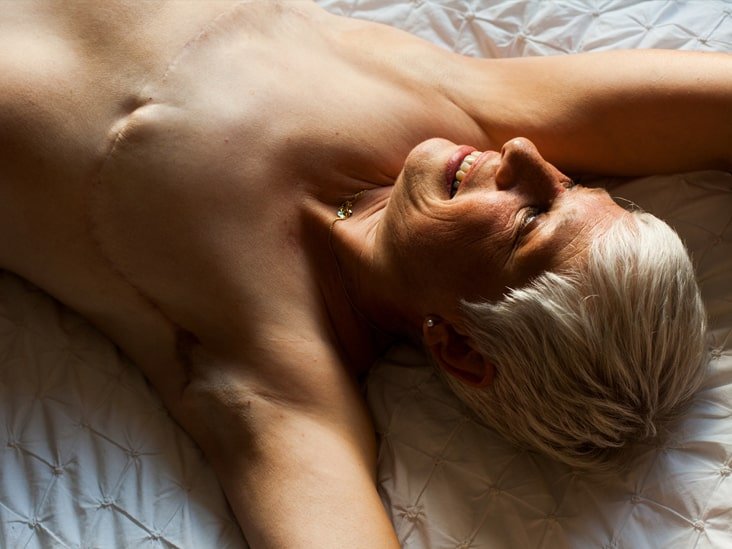Scar Tissue Therapy
**Disclaimer: This post contains links to affiliate products.
“I Didn't Even Know That Was a Thing”
Is the response I get 100% of the time when I talk to people about Scar Tissue Therapy. I was one of those people, too. Since 2004 I have been a Licensed Massage and Bodywork Therapist that specializes in Scar Tissue Therapy, Myofascial Release, and Therapeutic Massage. I work towards helping clients manage and treat surgical, trauma and burn scar tissue dysfunction. My journey working with scars began about 10 years ago when I attended a class that briefly touched on treating scars. I was very intrigued and immediately started incorporating the technique into my practice. The results from my very first client were so profound that I knew this was the path I would follow for the duration of my career.
At the time, I didn't know that there were classes dedicated solely to treating scar tissue. So, when I stumbled on one a few years later, I signed up immediately and went on a hunt for more. I started taking every class I could find on treating surgical, trauma and burn scars and all the symptoms that scars can cause. Not every scar becomes an issue, but when it does it can have a huge impact on your quality of life.
The damage from scar tissue is not just on the surface. I like to think of scar tissue as an iceberg; the real damage is happening beneath the skin. Scar tissue is made up of densely bound collagen fibers that adhere to surrounding structures and can affect the function of your body's fascial system. Because this tissue does not move freely like healthy tissue, it has limitations in its range which can affect large areas around it.
The symptoms associated with scar tissue vary. The most common symptoms are numbness, pain, pulling, tightness and limited range of motion. Because scar tissue affects the function of your body's fascial system, you may experience other symptoms in areas of your body that you may not even realize are directly related to your scar. These symptoms can include constipation, headaches or migraines, shoulder and jaw tension, painful intercourse, chronic low back, hip or leg pain and emotional distress.
Scar Tissue Therapy involves light, gentle manual techniques which are very effective in reducing pain and dysfunction to the affected area by remodeling and incorporating the scar tissue and adhesions back into your body’s fascial system. Changes in the appearance and color of your scar may also occur. The results are different for everyone; I could treat 100 C-Section scars and get 100 different results. Sometimes relief is achieved after one treatment, sometimes more. It all depends on how your body responds but the final results make these procedures and therapy sessions worth your while.
Author Bio: Stacey grew up on Long Island, NY and has lived in Wilmington since 1998 with her husband, Kevin. She graduated from Miller Motte College in 2004 with a degree in Massage Therapy and has operated her own practice since 2005. In her free time, Stacey enjoys spending time with family and working in her yard.

